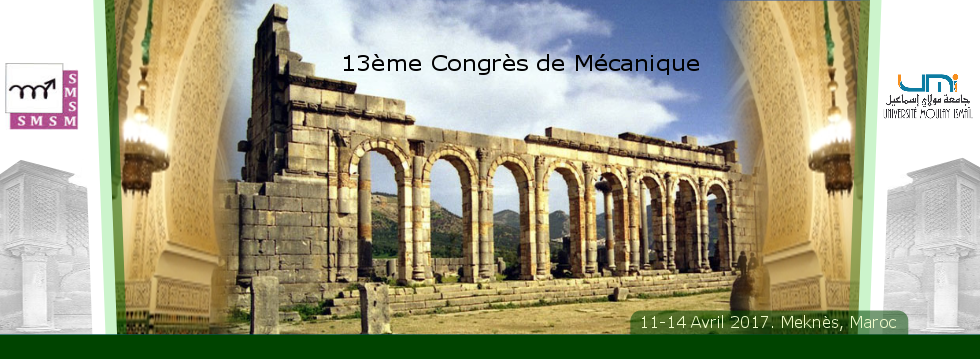NiCrSiB is a Ni-based alloy universally recognized for its superior mechanical properties, attributed to the presence of hard-dispersed carbides and borides, which is dependent on the deposition technique. Moreover, Metal Matrix Composites (MMC) materials will aim to combine the resilience of metals with high wear resistance specific of ceramics which made them innovative for a large wide of wear resistance applications. In this paper, thick NiCrBSi and NiCrBSi-WC coatings were produced onto mild steel substrates S235JR using an oxyacetylene flame-spraying torch (SuperJet Eutalloy, Castolin Eutectic). Addition effects of WC reinforcing ceramic phase on the microstructure and wear resistance of the coatings have been investigated by two different wear tests, namely the sand/wheel erosive wear test in dry conditions and the pin-on-disc abrasive wear test in continuous motion. The results show that the presence of ceramic phase affects the wear resistance of the coating. For both wear tests, the metallic alloy coating has an enhanced wear resistance than the reinforced ones. WC reinforcement does not play the protective role of the matrix against wear but improve the hardness. Wear mechanism is mainly controlled by the scratching and by the pull out of WC particles because of their faceted shape.



